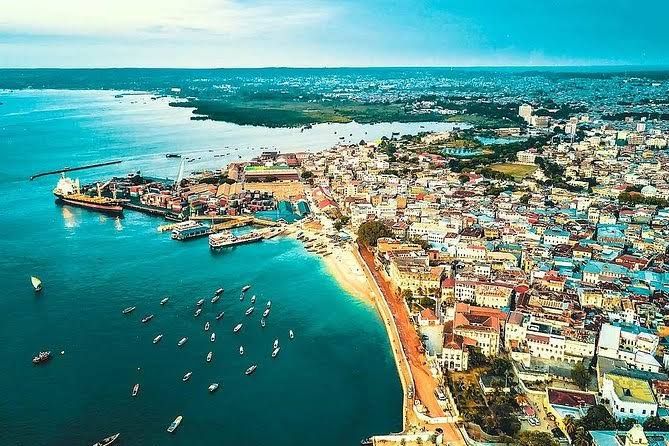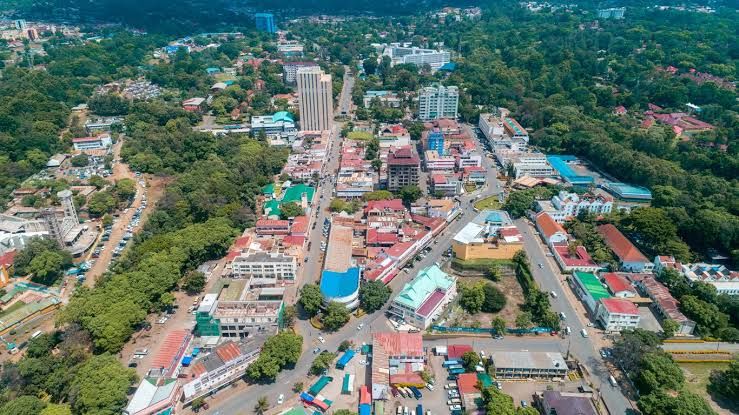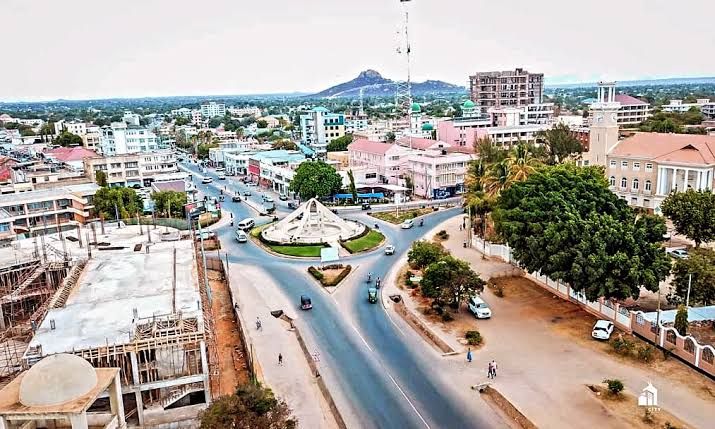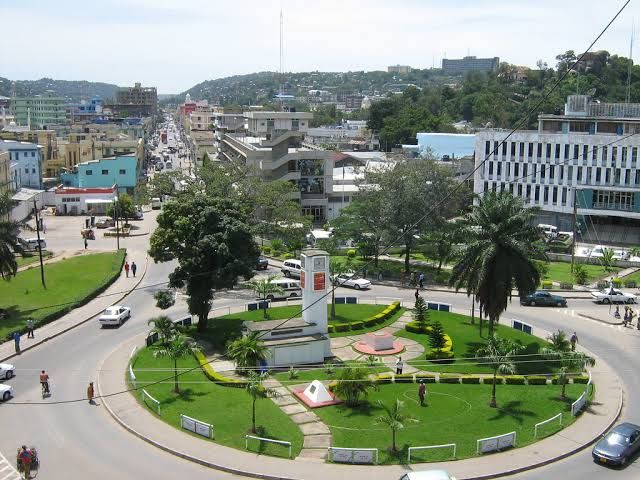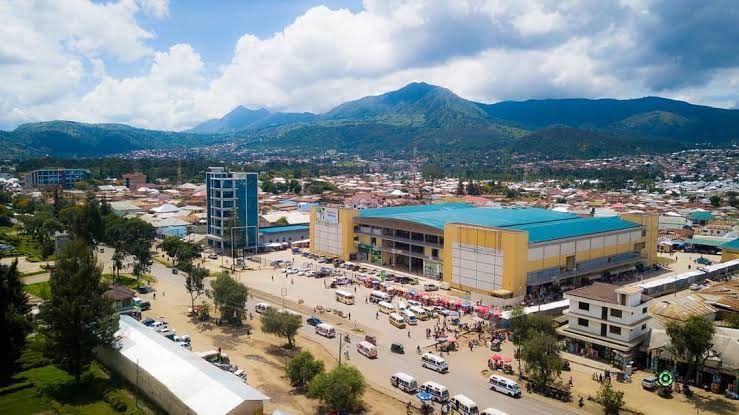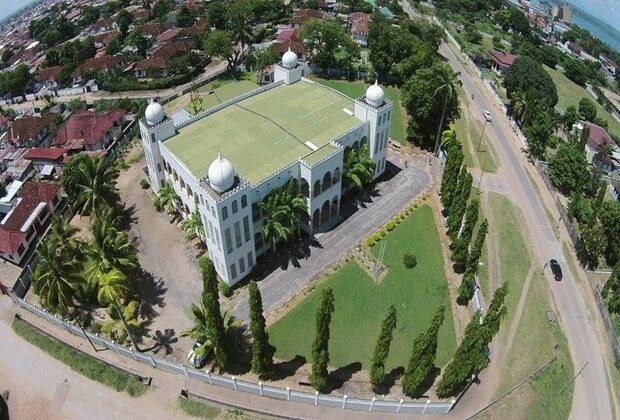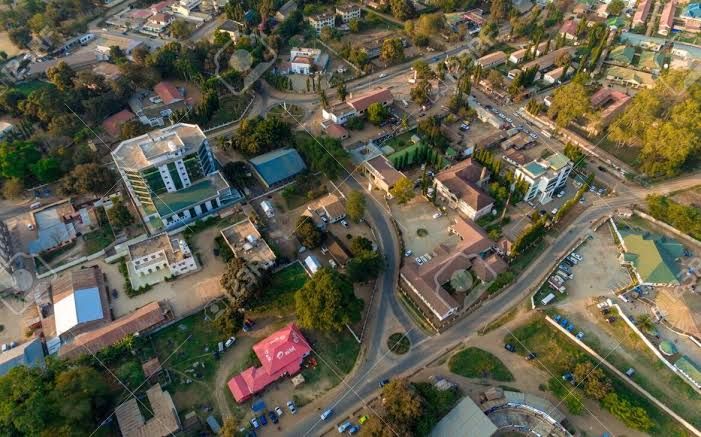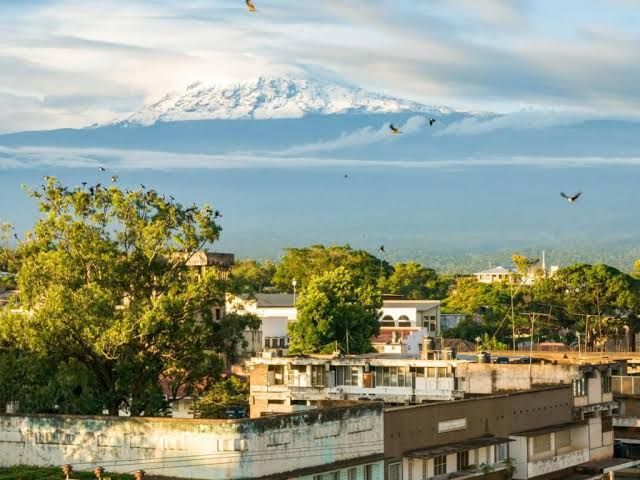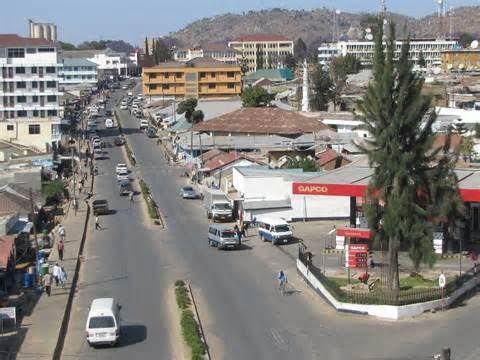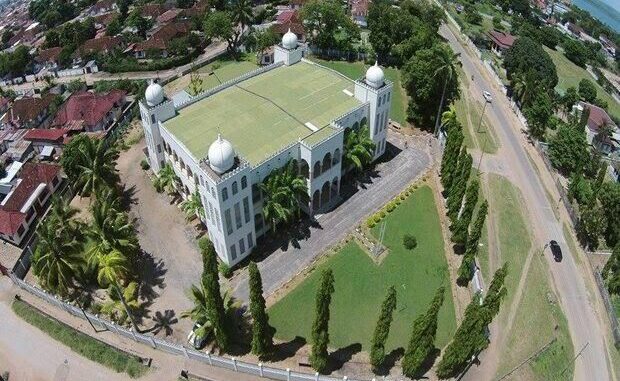
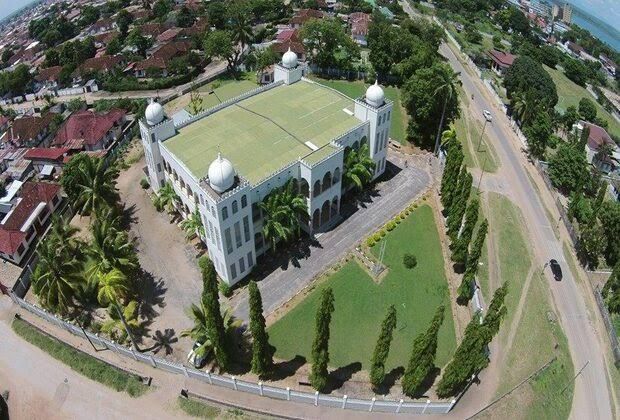

Tanzania is a gorgeous nation with so many amazing sites that would make you gasp.
Tanzania, a land of natural beauties Snowy summits, annual migration, “Big Five” safaris, paradisiacal abundance islands.
With ghosts of prior occupants lurking midway between modernism and profound cultural roots, Tanzania is a fascinating mix of old and new. Buildings mix to produce an eccentric and vibrant contrast, therefore reflecting worldwide interests and customs.
List Of Top 10 Most Beautiful Cities In Tanzania 2024
1. Dar es Salaam
This is a cultural and financial center that presents guests with an urban experience unlike any other. The government is always trying to upgrade the infrastructure of the city with projects like the Bus Rapid Transit (BRT) system meant to ease traffic and the Dar es Salaam Maritime Gateway Project boosting the capacity of the port. From colonial-era structures to modern skyscrapers, the mixed collection of architectural styles symbolizes the history and energetic future of the city. To find out about Tanzania’s past, stroll along Coco Beach, investigate the busy Kariakoo Market, or stop at the National Museum. Drawing visitors and safeguarding creative legacy, the government of the city actively supports cultural events such as the Sauti za Busara Music Festival and the Dar es Salaam International Trade Fair. Among the many conservation groups housed in Dar es Salaam are the World Wildlife Fund (WWF), which works on many environmental initiatives inside Tanzania.
2. Zanzibar City
With its time-worn buildings and winding alleyways, Zanzibar City—and more especially its historic quarter of Stone Town—enchantments visitors. This is a UNESCO World Heritage Site. Through careful administration of development and restoration programs, the Revolutionary Government of Zanzibar actively preserves the special character of this area. The buildings of Stone Town are evidence of the several influences from Africa, Arabia, India, and Europe that have combined throughout ages. Major attractions in the city are also its beaches, Nungwi and Kendwa. Projects aimed at sustainable tourism, such as the Zanzibar Association of Tourism Investors (ZATI), seek to guarantee that local populations and the surroundings gain from development. Sample the great variety of spices available in the city at a neighborhood market or delight in fresh seafood at the well-known Forodhani Gardens night market. Celebrating the island’s history and culture, the Zanzibar International Film Festival draws worldwide interest.
3. Arusha
Adventure seekers must explore Arusha, sometimes dubbed as Tanzania’s safari capital. Arusha is the starting point for trips into the national parks of Tanzania, including Serengeti and Kilimanjaro, under government initiatives like the Tanzania National Parks Authority (TANAPA) guaranteeing sustainable travel methods. The city itself enjoys a moderate temperature and is tucked among beautiful surroundings. Government-introduced cultural tourism initiatives allow visitors to really experience the local way of life. To explore the diverse customs of Tanzania, visit the Cultural Heritage Centre or arrange a Maasai village tour. For those fascinated in African politics and economics, Arusha’s position as the seat of the East African Community also emphasizes the city’s relevance in regional integration and development.
4. Dodoma
Dodoma, the political capital of Tanzania, is deeply ingrained in political relevance. Efforts for modernization and development have resulted from the drive toward moving whole governmental functions from Dar es Salaam to Dodoma. Dodoma, with its multitude of small markets and restaurants that provide a glimpse into Tanzanian daily life, maintains a small-town appeal despite its political emphasis. With multiple vineyards and wineries providing tours to interested tourists, the city is at the hub of Tanzania’s developing wine business. Both locals and visitors are engaged by cultural venues such as the Dodoma Cultural Centre with events highlighting regional arts and handicaps. Dodoma is on a road to become a model city for responsible urban growth in Africa since green government policies give sustainability first priority.
5. Mwanza
Mwanza, which is tucked on the beaches of Lake Victoria, is sometimes referred to as “Rock City” because of the large stones scattered over its terrain. Promoting Mwanza as a center of lake tourism and fishing businesses, which are essential to the local economy, has become a top priority for the local administration. Apart from being natural beauties, the rock formations—including the well-known Bismarck Rock—also provide focal areas for social events. From Mwanza, travelers may enjoy fishing trips and bird viewing in the Rubondo Island National Park. A window into the artistic expression and culture of Tanzania’s biggest tribe, the Sukuma, the museum presents Mwanza’s clean-up projects around the lake’s shoreline also show its attempts to reconcile environmental preservation with urban expansion.
6. Mbeya
Nestled among Tanzania’s southernmost spectacular highlands, Mbeya’s lush surroundings and cooler temps provide a welcome departure from more tropical conditions found along the coast. While encouraging appropriate land use and environmental management in the area, groups like the Southern Agricultural Growth Corridor of Tanzania (SAGCOT) are striving to increase agricultural output. Mbeya visitors can explore the Kitulo National Park, sometimes referred to as the “Garden of God,” for its abundance of wildflowers, or visit the Mbozi Meteorite site, among the biggest ever discovered. Governmentally sponsored community-based tourism projects also emphasize the Southern Highlands’s natural and cultural legacy.
7. Tanga
Among the first cities on the Tanzanian coast, Tanga presents a unique urban environment combined with Swahili culture and colonial past. With an eye toward marketing the city as a travel destination that complements the more well-known coastal areas, its government is working to improve its infrastructure and historic landmarks. History and adventure seekers will find amazing day outings to Amboni Caves and the Tongoni Ruins close to Tanga. The port of the city is also very important for the local economy; so, attempts are under way to improve it for better economic integration with landlocked neighbors of Tanzania. Eco-tourism is something Tanga is passionate about, and groups like the Tanga Tourism Network Association (TATONA) support sustainable travel methods so guests may responsibly see the historical and natural beauties.
8. Morogoro
Trekkers and outdoor enthusiasts will find Morogoro delightfully framed against the Uluguru Mountains. Working with environmental organizations, the local administration advances the preservation of the mountain ranges and the nearby wildlife. Located in Morogoro, the Sokoine University of Agriculture leads the way in agricultural research and sustainability studies, therefore supporting sensible land use. With busy markets and a slower pace of life than bigger metropolitan areas, the city presents a flavor of real Tanzanian living. Connecting several areas of the nation, Morogoro is also a major transportation and educational center. Events like the Morogoro Jazz Festival unite the community and give visitors access to hear Swahili jazz and indigenous Tanzanian music.
9. Moshi
Renowned for its coffee farms and base for mountaineers trying to top Africa’s highest peak, Moshi, the capital of the Kilimanjaro area, The Kilimanjaro Coffee Cooperative Union (KCCU) encourages sustainable coffee production and local farmers, therefore helping to preserve the local surroundings. Through homestays and cultural tours, the Chagga people living here share with guests a rich legacy. One of Tanzania’s cleanest towns, the Moshi Municipal Council actively supports projects meant to preserve the city’s tidy surroundings and earns recognition for this. Apart from its love for coffee, Moshi is well-known for its marketplaces displaying regional handicaps ranging from textiles to carvings and for the abundance of restaurants offering delicious Tanzanian cuisine.
10. Iringa
Perched on a high plateau and draped in history, Iringa’s appeal resides in its mix of natural, cultural, and historical sites. Local efforts at the historical preservation center of the German-built Iringa Boma, a regional museum and cultural center. Through immersive and instructive cultural encounters, community projects involve guests in the customs of the local Hehe people. For safaris, Iringa’s surrounds are perfect; Ruaha National Park provides amazing chances for sight of local fauna. To encourage eco-tourism and increase awareness of maintaining the great biodiversity of the area, the Iringa Municipal Council has teamed with several conservation groups. With its varied attractions, Iringa offers a whole Tanzanian experience wrapped in a town that speaks to past and present.

